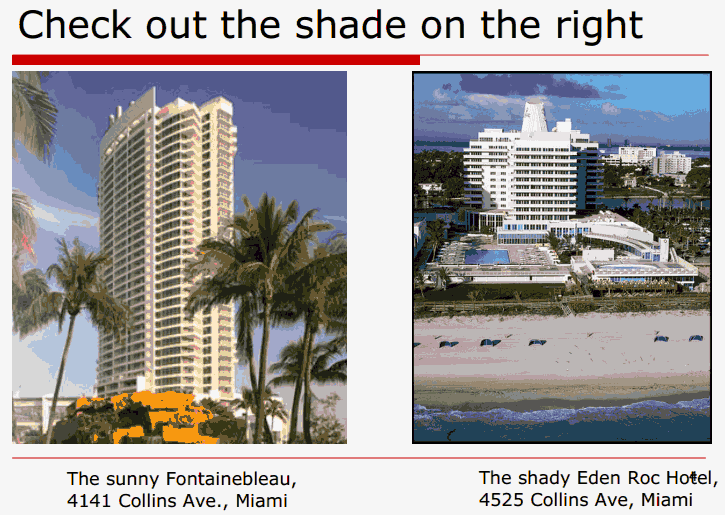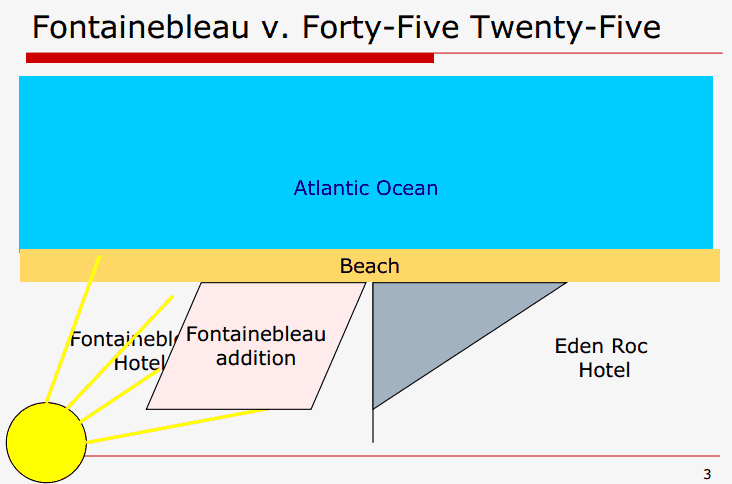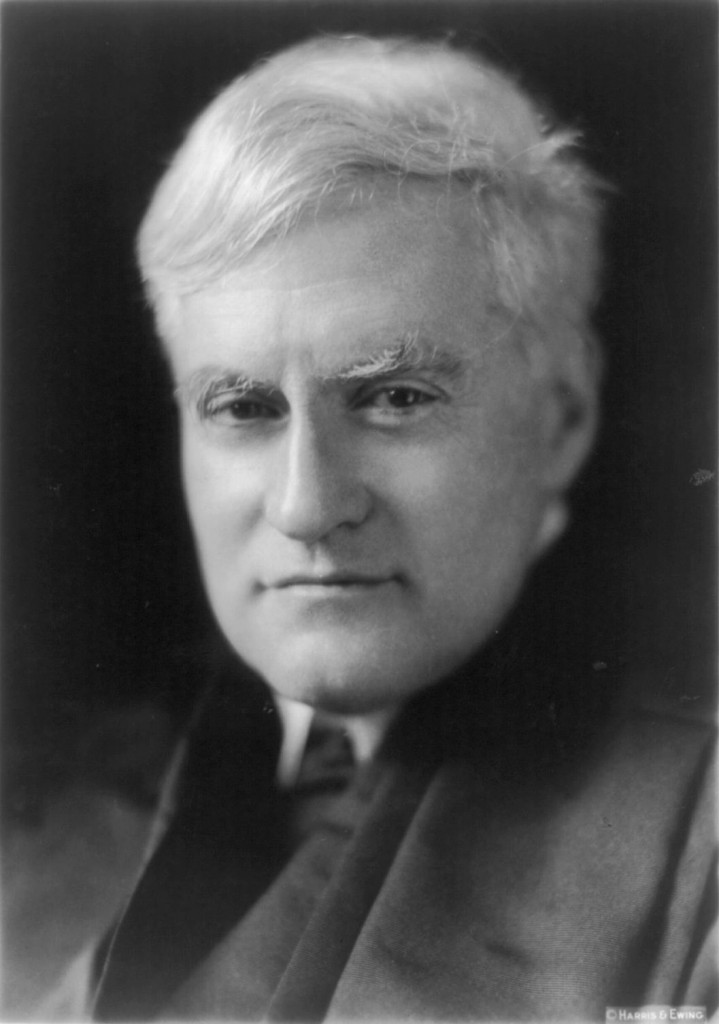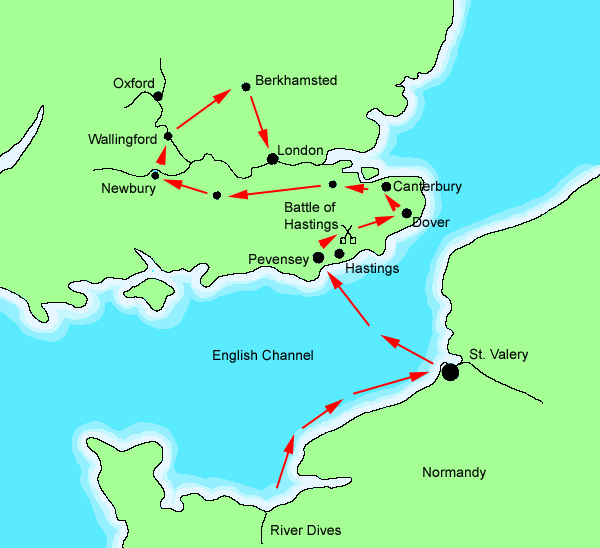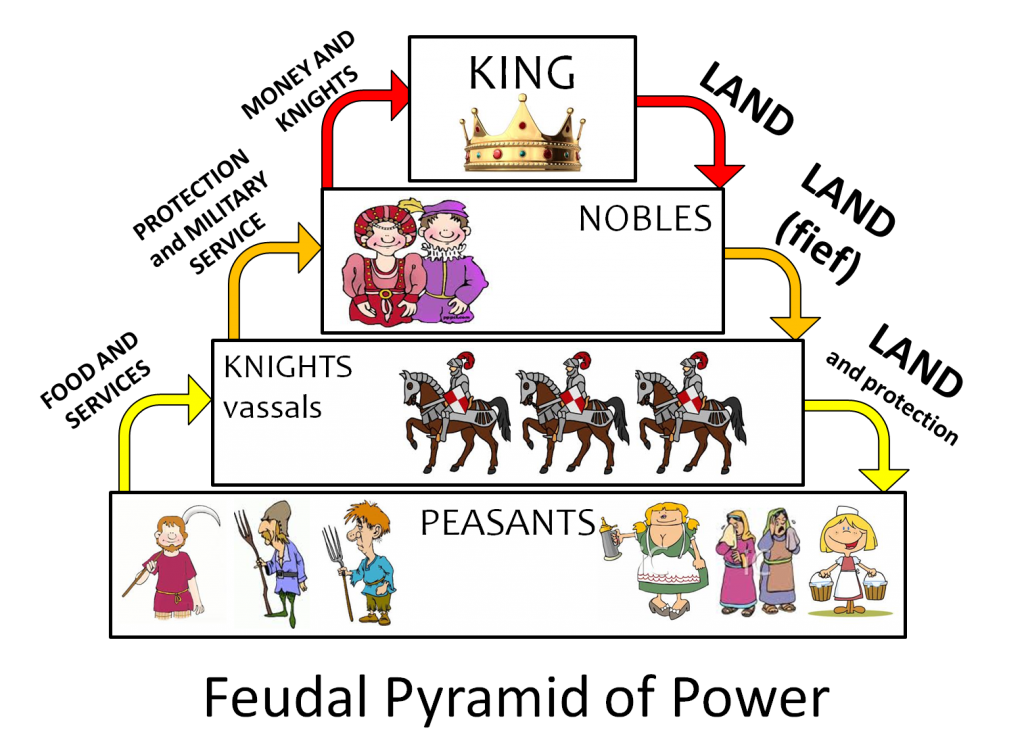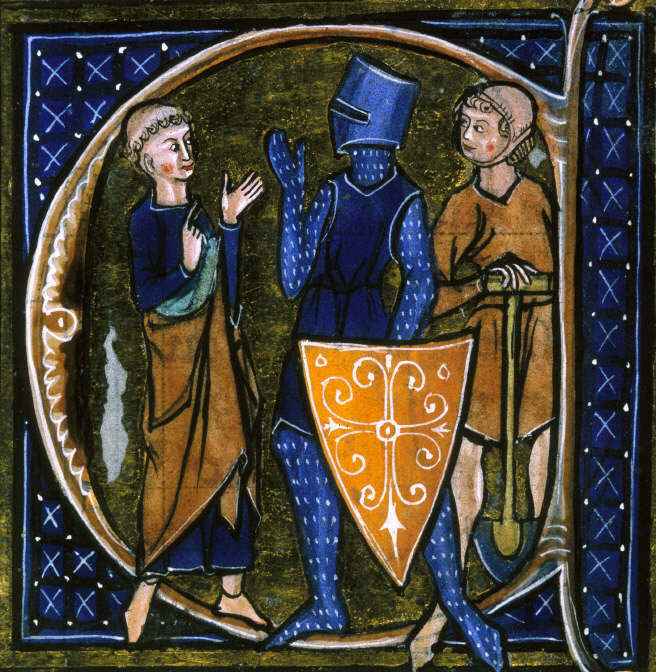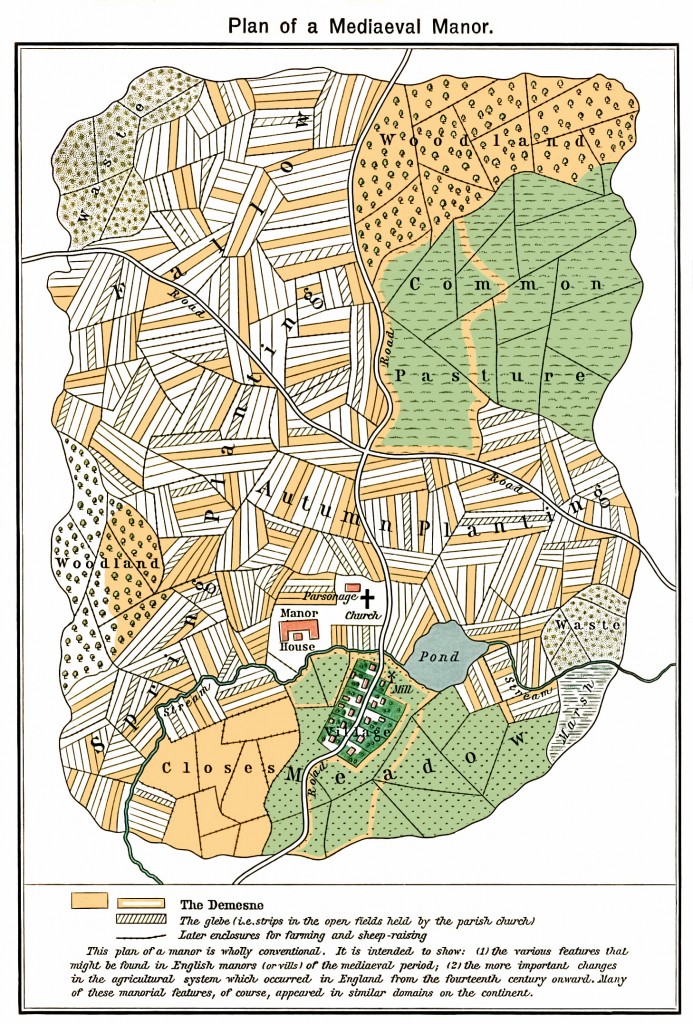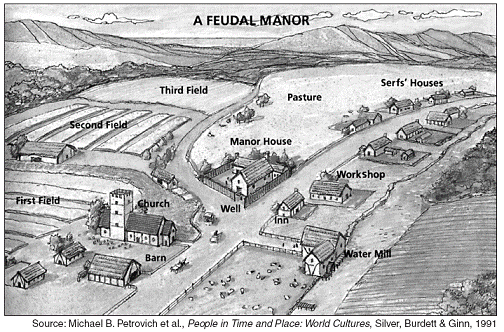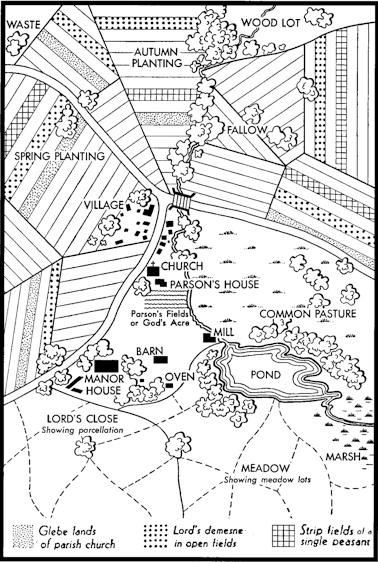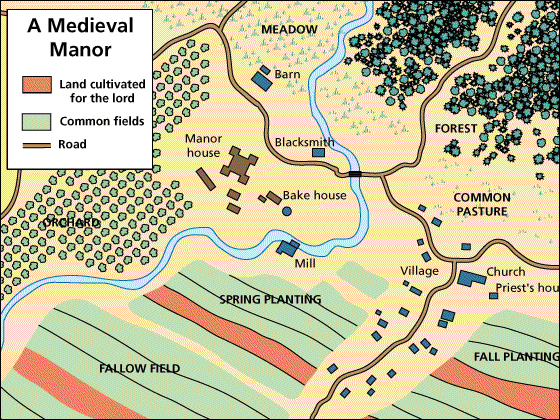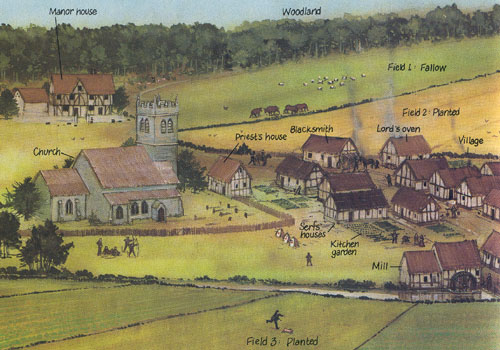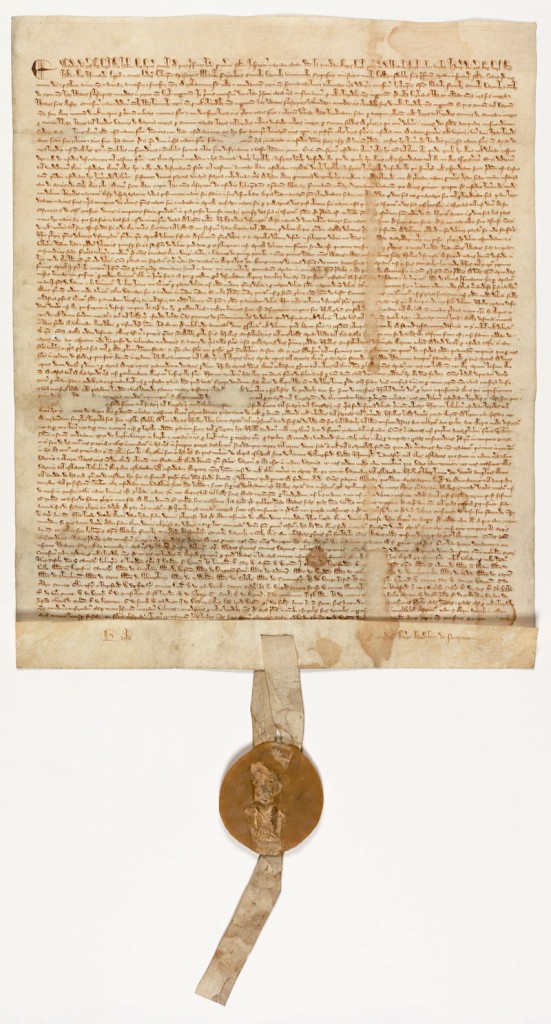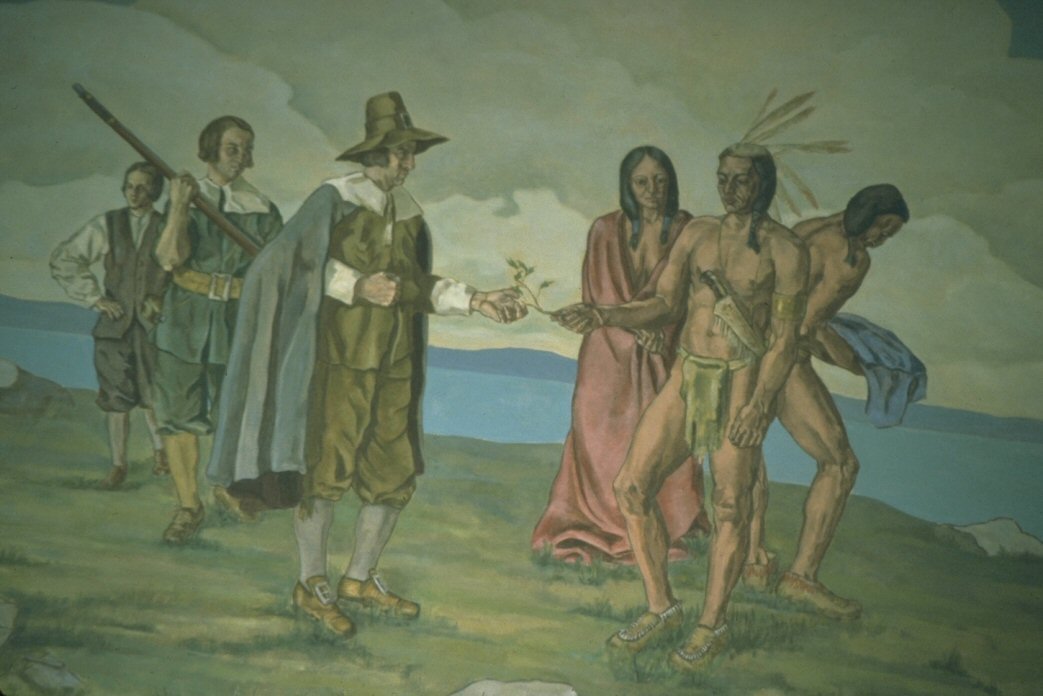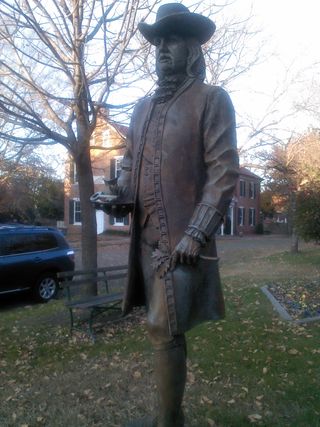The lecture note are here. The live chat is here.
This diagram illustrates the life estate.
Here is Jessica Lide’s will:
April 19, 1972
I, Jessie Lide, being in sound mind declare this to be my last will and testament. I appoint my niece Sandra White Perry to be the executrix of my estate.
I wish Evelyn White to have my home to live in and not to be sold.
I also leave my personal property to Sandra White Perry. My house is not to be sold.Jessie Lide (Underscoring by testatrix)
Here is a picture of Jessica Lide’s home. Jessica Lide is on the right, Sandra White is in the middle.
Here is the current life expectancy table. If you were born in 1984, your life expectancy is 74.56
Here is the will from the Weedon case:
Second; I give and bequeath to my beloved wife, Anna Plaxico Weedon all of my property both real, personal and mixed during her natural life and upon her death to her children, ifshe has any, and in the event she dies without issue then at the death ofmy wife Anna Plaxico Weedon I give, bequeath and devise all of my property to my grandchildren, each grandchild sharing equally with the other.
Third; In this will I have not provided for my daughters, Mrs. Florence Baker and Mrs. Delette WeedonJones, the reason is, I have given them their share ofmy property and they have not looked after and tared for me,in the latter part ofmy life.


